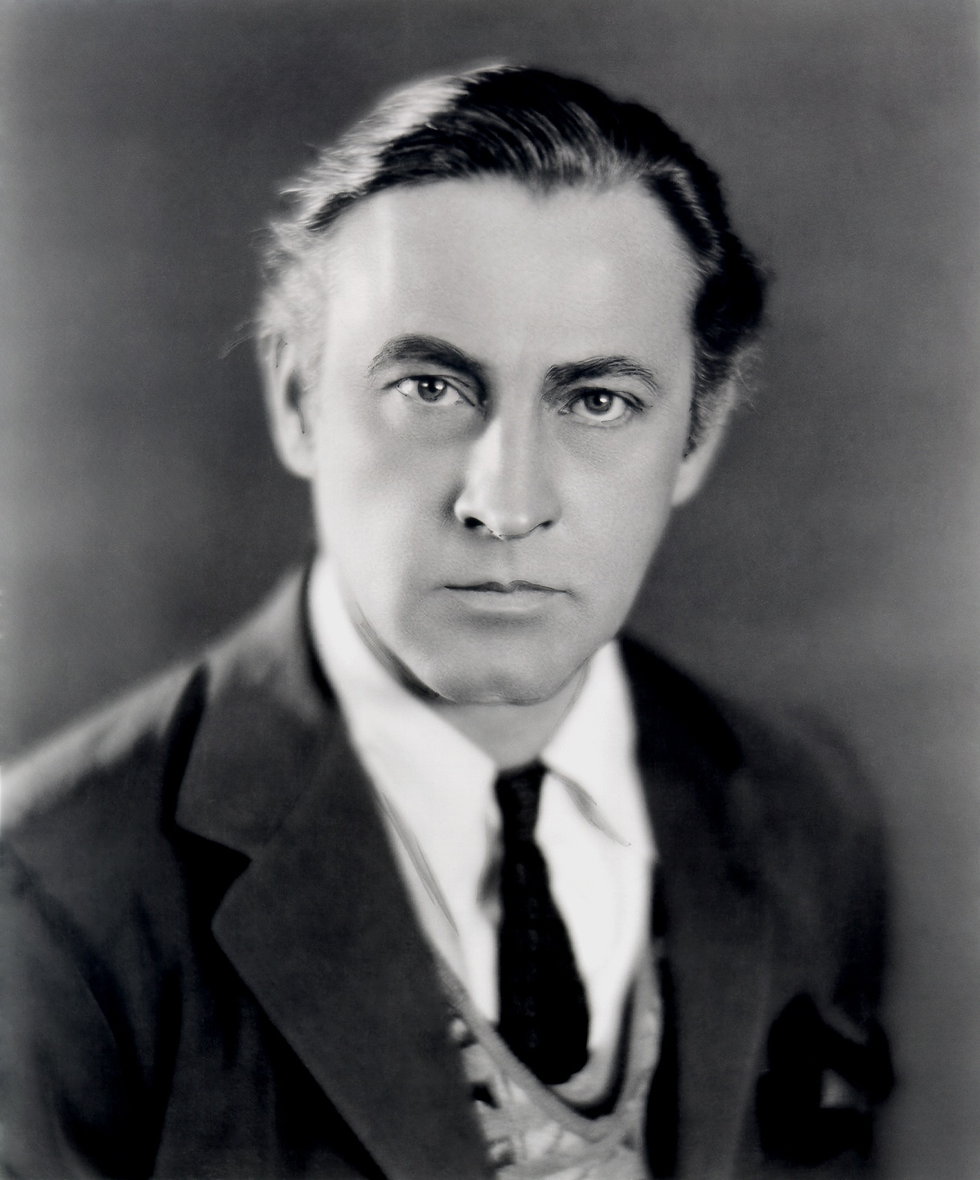Lillian St. Cyr
- SilentCinemaSchool

- Jan 2, 2021
- 4 min read
Updated: Oct 13, 2021
In the early days of cinema, there wasn't a lot of diversity. But there WERE a handful of exceptions - and today's actress was one of them! She was the very first Native American woman to star in a feature film, and over a century later...she is far from forgotten.

1884 (or 1873) - 1974
Lillian was born on the Winnebago Reservation in Nebraska, during a time in which the American government was forcibly removing Native American children from their homes and forcing them to attend boarding schools that pretty much stripped their Native culture away. At the time, many Americans believed that the only "hope" for Natives was to forcibly assimilate them into colonized, "civilized" white American culture. Oh, the ignorance... Lillian herself attended a strict boarding school for Native Americans in Pennsylvania. 8 years later, she moved to Washington, D.C. to work as a servant for a Kansas senator. She eventually married James "Young Deer" Younger Johnson, a member of the Nanticoke tribe.

Young Lillian with 2 of her brothers (1890's)
Lillian and her husband performed a Western act along with roughly 100 Lakota Sioux Indians for a show at the Hippodrome in New York City. The Wild West theme was a fad of the time, thanks to popular "dime store novels" that glamorized the days of cowboys and Indians! This led to many other performances in Western-themed shows and regularly entertained in nightclubs, where Lillian became known as "Princess Red Wing". She would often be referred to as Princess Red Wing after that. Kinda like the way people say "Sherlock" instead of "Benedict Cumberbatch"... These shows were one of the few ways (at this point in history) that Native people could share their heritage and keep their identity!

Glamour shot (1920's)
Film work began for Lillian and James in the 1900's. In 1909, they eventually made their way to Los Angeles with many other actors, and the husband and wife team were technical advisers for two of D.W. Griffith's Western films. This power couple starred in several films, using their character names of Red Wing & Young Deer. A year later, James became head of production for a French production company that opened a Los Angeles office. He wrote and directed nearly 150 Western shorts, and starred his wife in many of them! Not a bad first year in the newborn film business, hm?

An ad for The Squaw Man (1914)
In 1914, Lillian was cast in a film, The Squaw Man, whose producer had no previous experience in film - Jesse L. Lasky! Another actress (Mona Darkfeather - who was not Native American) had been the director's first choice, but she was under contract with another company and could not participate, so Lillian got the part instead. According to her, she was picked more because of being a Native American than because of her acting ability. Authenticity wins! Lillian also astounded her co-star (Broadway actor Dustin Farnum) with her acting ability!
Lillian's grand-nephew recalled in an interview that she was a fiercely independent woman who really enjoyed her work and was very proud of it. Unlike many movie stars who later become bitter about their careers, just saying... She worked in several silent films after The Squaw Man, her last appearance being a minor role in 1925. Lillian, now divorced, decided to move to New York City with her sister and niece in their growing, but close-knit Native community.
Once settled, Lillian helped to found the American Indian Community House, a resource for Natives in the area. She also made Native costumes for a nearby costume company. Her grand-nephew remembers that she stayed busy and often entertained children. In 1931, Lillian was featured in a publicity stunt in a newsreel in which she sat in a tipi on the roof of a New York skyscraper in costume, waving at the construction men.

At the 40-year reunion of The Squaw Man, with one of the directors (1954)
Lillian's biographer, Linda Waggoner, said that she was always trying to educate the public on Native American culture, and often gave lectures on the subject! In 1929, Lillian helped organize a Native gathering in Prospect Park in Brooklyn, to promote their goal of having a National Indian Day recognized as a federal holiday. Around 200 Natives from many different tribes showed up in their traditional attire, to lend support. PSA: This idea is not "new". It is not the attempt of "snowflakes" trying to get "participation medals". This is a decades-long fight for equality. Thank you.
Lillian continued lecturing and giving presentations on Native heritage until 1974, when she passed away at age 90. She is buried at St. Augustine Cemetery in Nebraska. Linda Waggoner states:
“There’s not a lot of Indian women who were movie stars. [Lillian] was a kind of pioneer the way she kept adapting herself to the situation. I feel she was never a victim.”
Another grand-nephew once said:
"Aunt Lillian lived out her dreams and became an inspiration for me and my entire family. We will always be proud of her."
So will we! Take a look at The Squaw Man below, and applaud loudly for the mighty queen who was Lillian St. Cyr.
References:


.png)



Comments